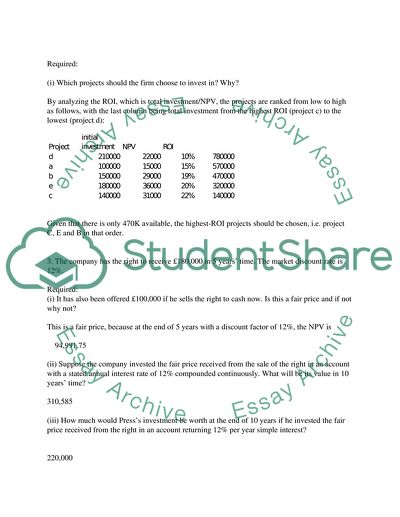Cite this document
(“Calculations in Finance: IRR, ARR, Payback and NPV Essay”, n.d.)
Calculations in Finance: IRR, ARR, Payback and NPV Essay. Retrieved from https://studentshare.org/finance-accounting/1542684-calculations-in-finance-irr-arr-payback-and-npv
Calculations in Finance: IRR, ARR, Payback and NPV Essay. Retrieved from https://studentshare.org/finance-accounting/1542684-calculations-in-finance-irr-arr-payback-and-npv
(Calculations in Finance: IRR, ARR, Payback and NPV Essay)
Calculations in Finance: IRR, ARR, Payback and NPV Essay. https://studentshare.org/finance-accounting/1542684-calculations-in-finance-irr-arr-payback-and-npv.
Calculations in Finance: IRR, ARR, Payback and NPV Essay. https://studentshare.org/finance-accounting/1542684-calculations-in-finance-irr-arr-payback-and-npv.
“Calculations in Finance: IRR, ARR, Payback and NPV Essay”, n.d. https://studentshare.org/finance-accounting/1542684-calculations-in-finance-irr-arr-payback-and-npv.


